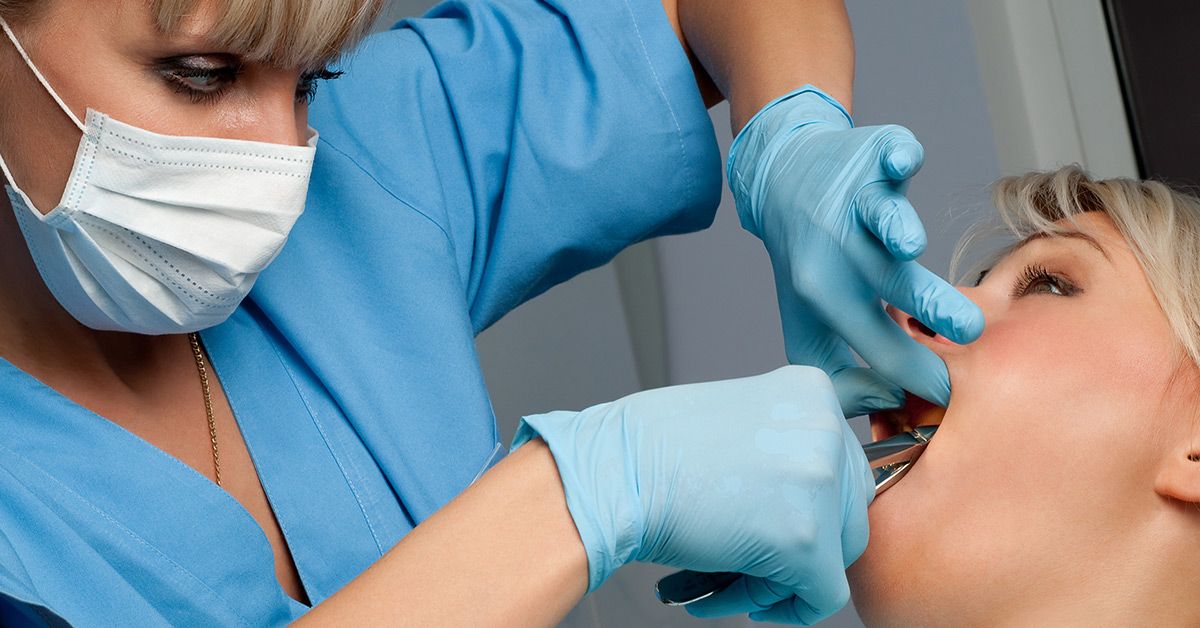In our previous blog post, How Does Tooth Extraction Work? Part 1, we discussed the basics behind the anesthesia process, the method of extraction, as well as what tools your dentist uses to remove a tooth. Today we would like to discuss how the dental surgery may feel, as well as potential things that can happen after the process. To learn more about our extraction process, feel free to call us today!
How will the extraction feel?
In order to make your dental surgery as painless as possible, we always administer anesthesia before removing a tooth. This helps to numb your mouth by blocking the nerve fibers that cause you to experience pain. However, they do not block the nerves that transmit feelings of pressure. This means that you can expect to feel pressure during the procedure, but you should not expect to feel any pain as a result.
What happens if I do experience pain?
First of all, be absolutely certain that what you are feeling is pain instead of pressure. If you are experiencing pain, let your dentist know so they can administer more anesthetic. Second, know that no matter how much anesthetic your dentist gives you, the feeling of pressure will not go away. It’s also important to note that extra amount of anesthesia will put you at a higher risk for complications and injury during the dental surgery.
Should I expect anything strange?
You may hear some strange breaking or popping sounds during the extraction since hard tissues and bones are involved in the process. Of course, these are expected and common, so do not be alarmed.
However, sometimes the root of your tooth can break. This is much more common than you think, so we can assure you that your dentist has handled this sort of situation before. When this does happen, retrieving the piece may be a challenge and just add more time to the procedure, but other times, it will take very little time and effort to coax out the remaining portion of the root.
Another issue that can occur during extraction is a bone fracture. The cortical plate is brittle, and if it has enough pressure applied to it, it can cause a hairline fracture. In case of a small fracture like this, your dentist will compress the socket and secure the bone back into place. Don’t worry – the fracture will heal with the rest of the extraction site.
How does the extraction end?
Your dentist will close the extraction site by removing any excess tissue from the socket to prevent cysts from forming. Then, the socket is washed out with saline and inspected for any bone edges left, which will either be removed or filed. If the dentist is worried about excess bleeding, they may put material into the socket to help form blood clots. If several teeth in a row have been removed, you can likely expect stitches. Once your dentist has secured the extraction site, they will likely give you an ice pack and provide you with instructions for care afterward. You should be able to drive yourself home, but it may be helpful to have a friend or family member available to drive you if you need some time to regain your balance.
Contact Us
If you are in need of a dentist you can trust, whether you live in Victoria, Mayer, or Cologne, be sure to come see us in Waconia! We can help you feel better about your smile. Contact us today for an appointment or to learn more about what to expect during your dental surgery.

